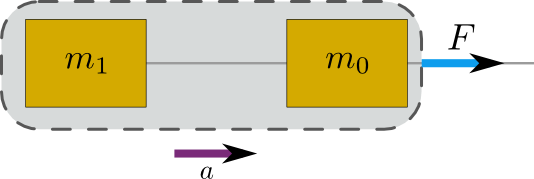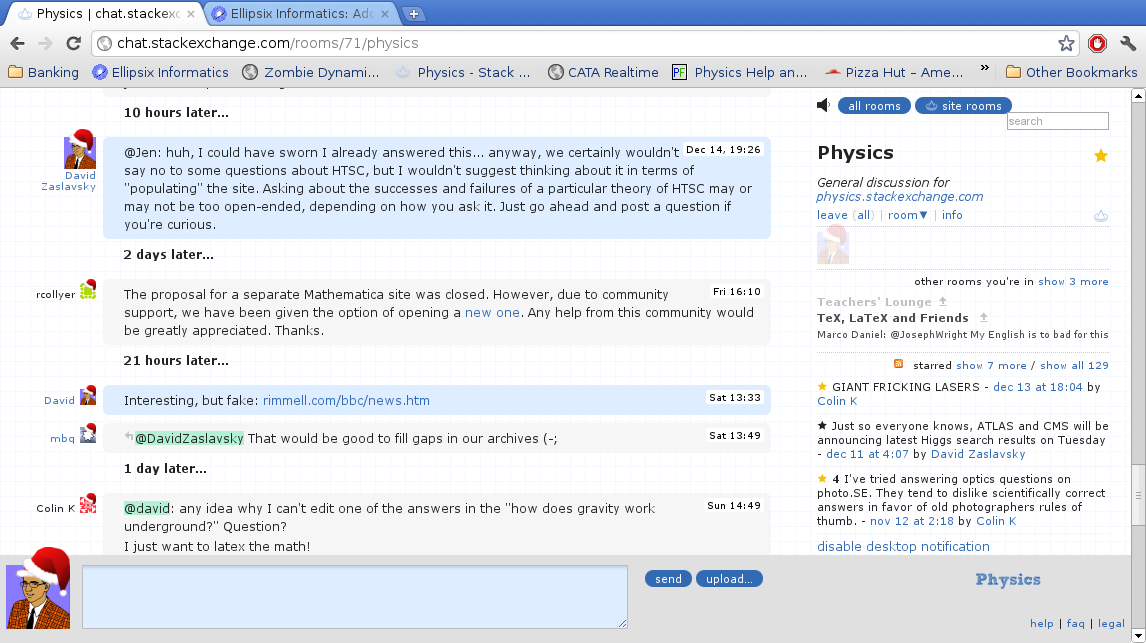Update on the fight against SOPA and PIPA
Posted by David Zaslavsky onI’ve written a couple of posts about SOPA and PIPA, the copyright legislation currently making its way through Congress, and the widespread efforts to stop it. There’s some good news on that front: these pieces of legislation have been attracting increasing amounts of media attention lately, and Congress is beginning to respond. The DNS blocking provisions of the bill have been pulled (for now, at least), removing a threat to one of the foundations of the internet, and over in the Senate, influential senators are asking for a vote on PIPA (the PROTECT-IP Act) to be postponed so the bill can be further reviewed and possibly amended. Additionally, the White House has issued an official response to two petitions calling for President Obama to veto any of this legislation that does pass through Congress, and while he hasn’t promised to do so, it does show that the administration is at least thinking about the implications this legislation would have for free expression online.
But the war against SOPA and PIPA is not over yet, in part because a lot of people just don’t know all this is happening. To raise awareness, Reddit will be proceeding with …


